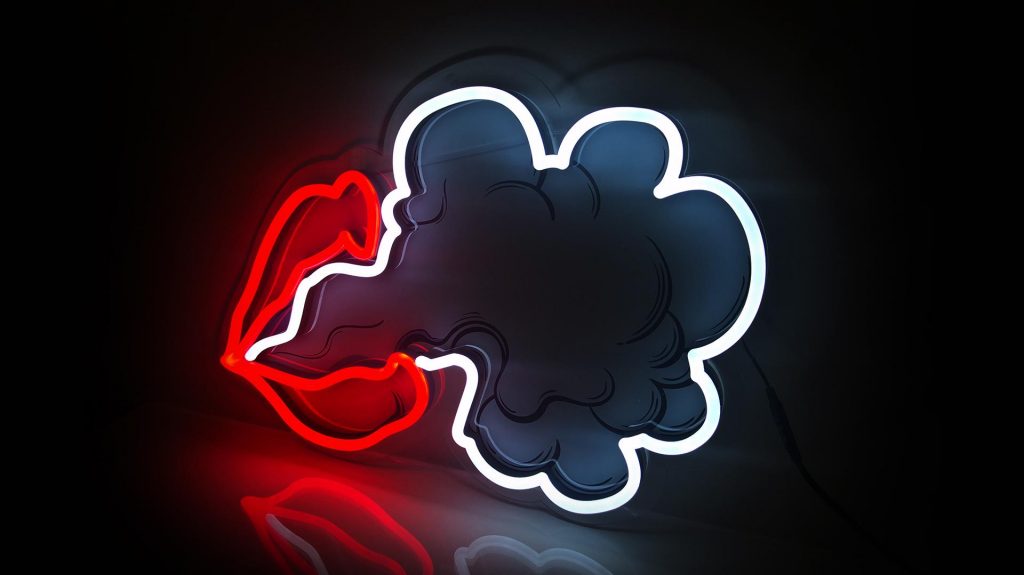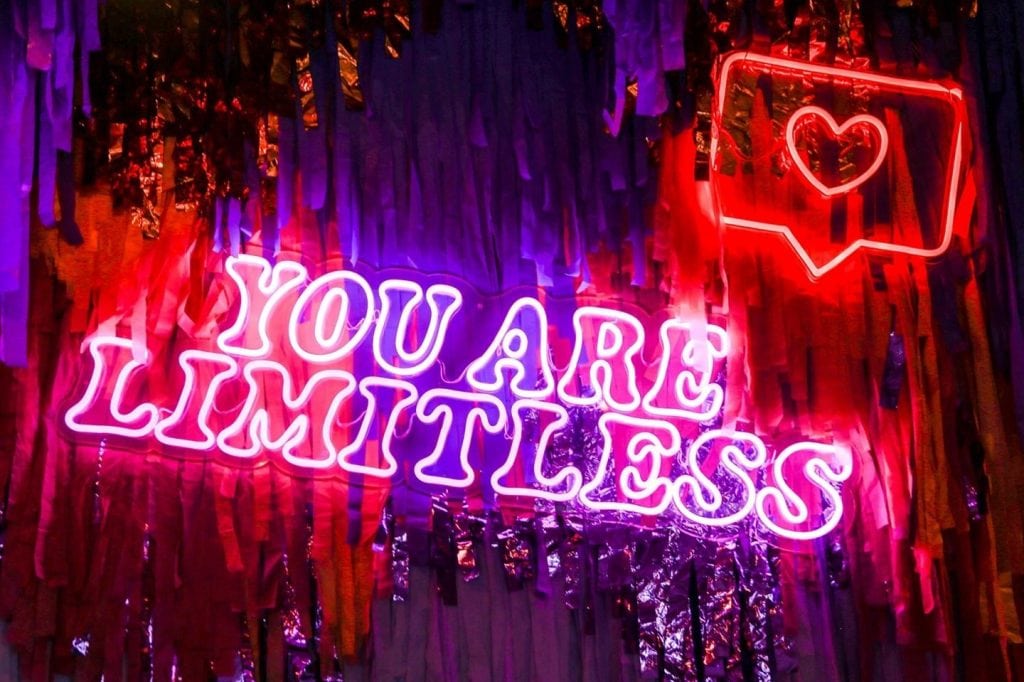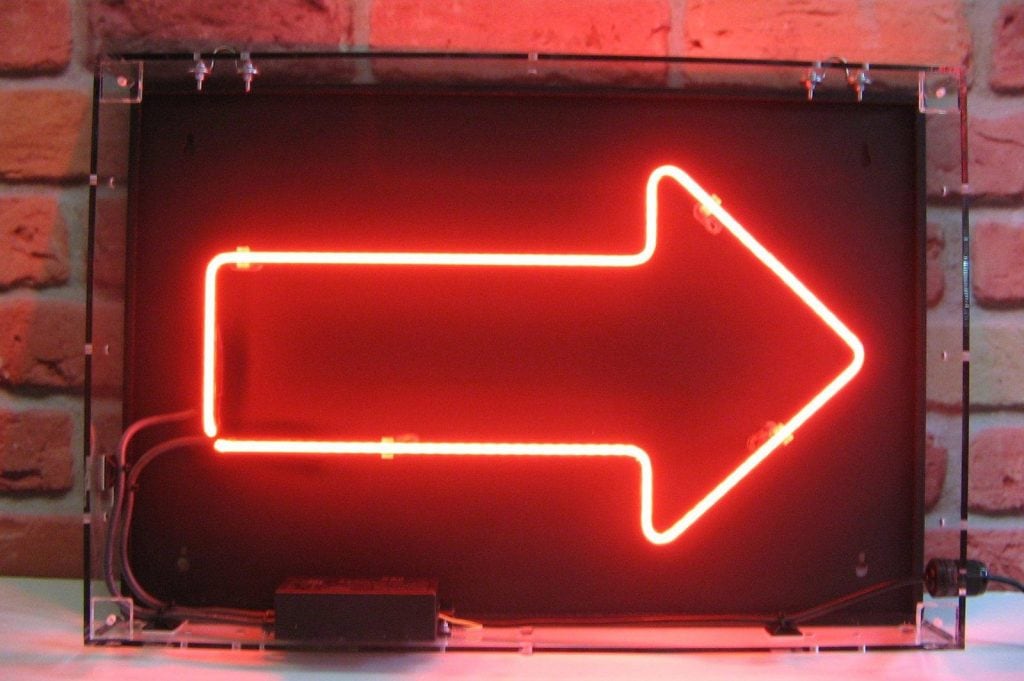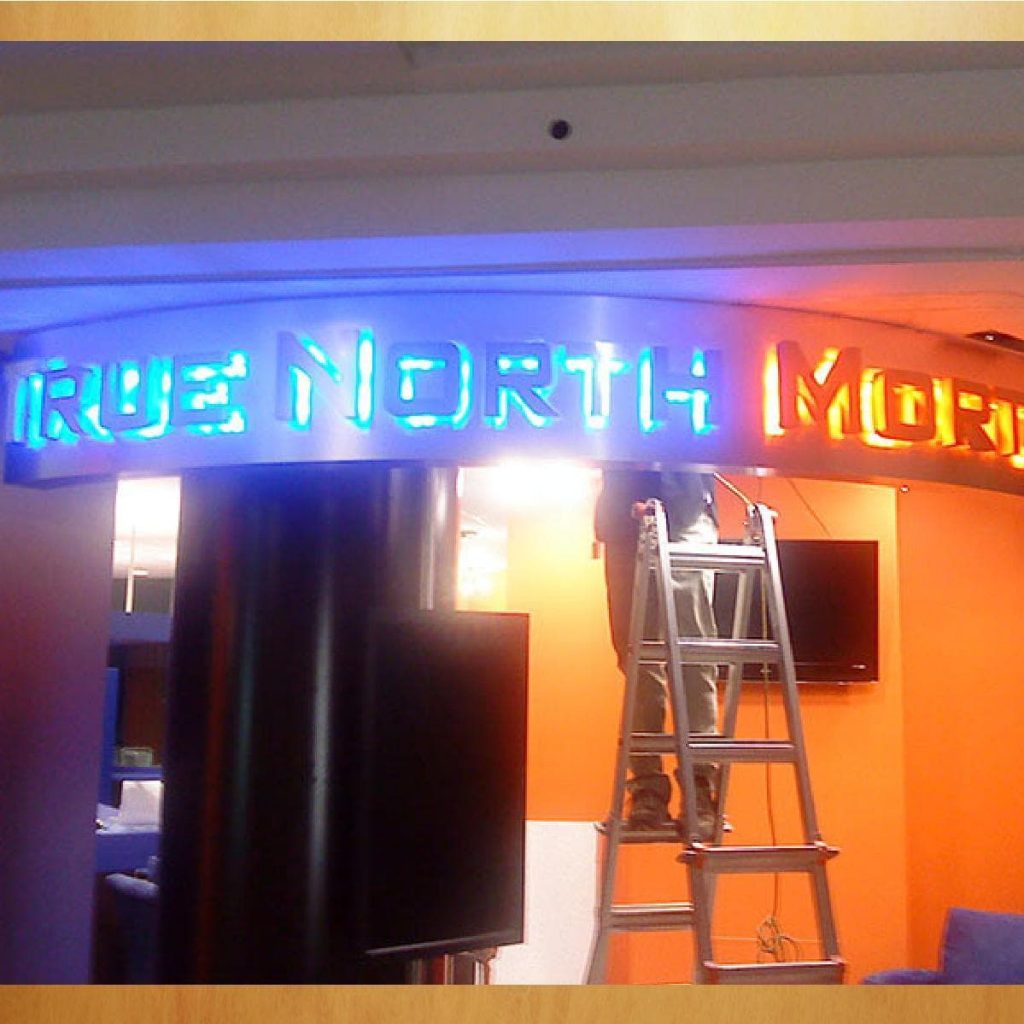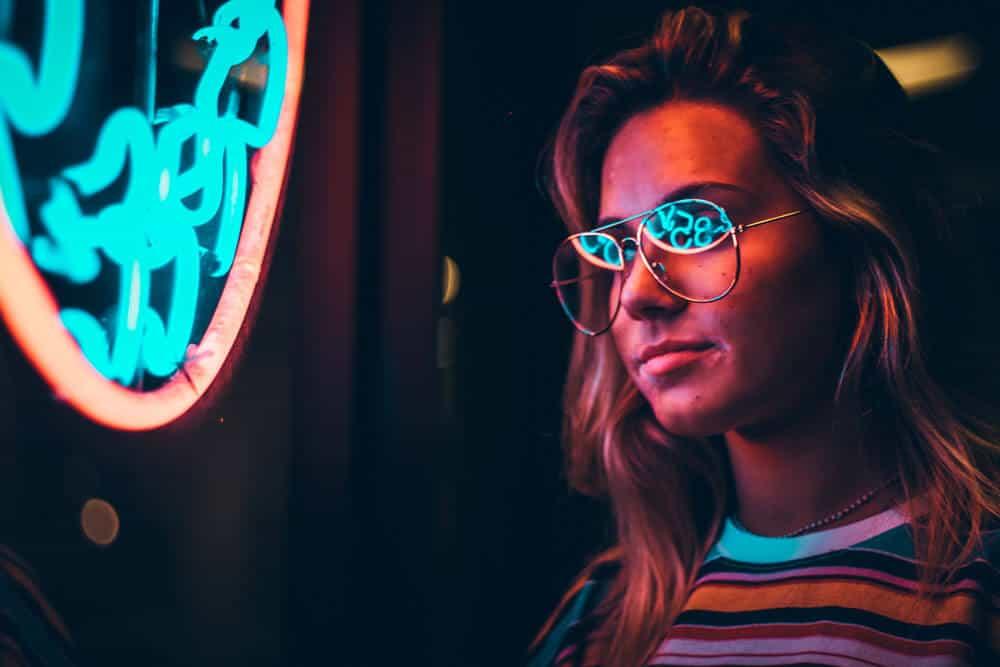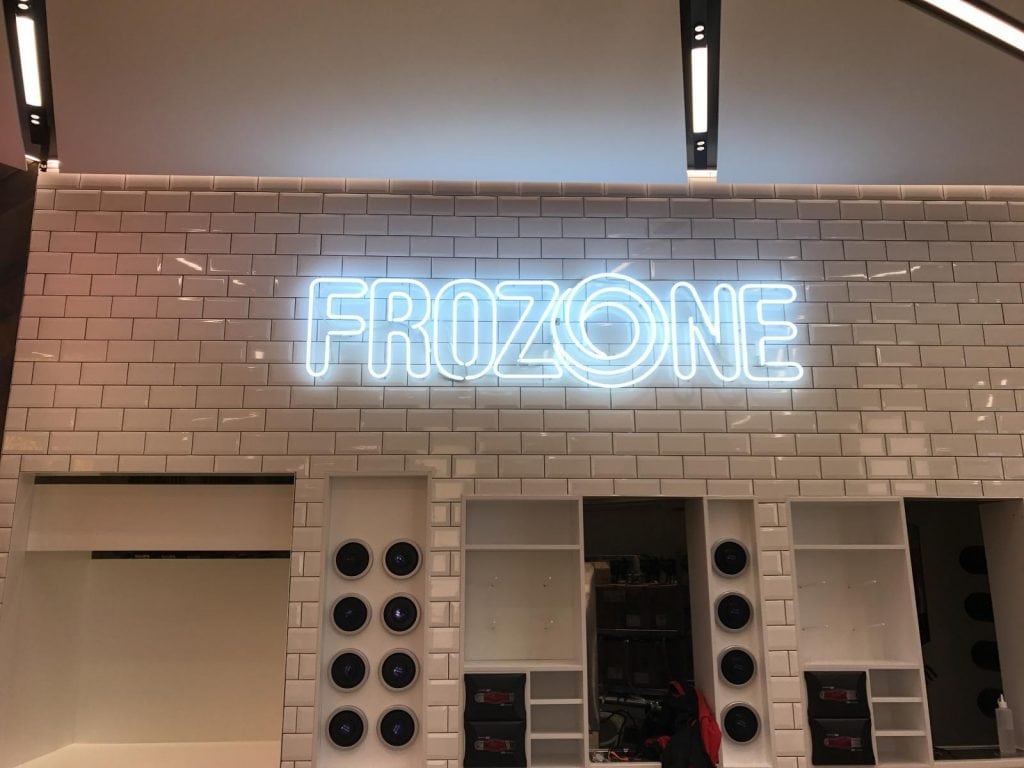There are probably a lot of bugs buzzing about the streetlights at night if you look closely. When it rains, we may also hear the buzzing of insects inside our homes, particularly around the lights.
What exactly is it that brings them out of the shadows? Is it because of the LED light bulb or is there another explanation? If you find yourself wondering the same things, as you read this article, you will find the answers you need.
Why Are Bugs Drawn to Light?
In order to understand why bugs are drawn to light sources, we must first decipher the science underlying it. You should be aware that insects like moths do not remain in the same spot for their entire lives. As the seasons change, they like to jet across the globe. In the same way that sailors would judge the North Star to determine their course, insects will use the moonlight to determine their route.
Most insects have specialised eyes for tracking the moon's phases. To navigate, insects use the angle of the moonlight. The insects' normal flight pattern is disrupted by the LED lights that people have installed in their homes, on the streets, and elsewhere.
The bugs often mistake the artificial light from the lamps for the natural light of the moon. That's not the only explanation for why the insects go towards the lights, though.
Bugs are attracted to the lights in part because of the warmth they provide, but there is another factor at play as well. Insects are more at ease in the cold since light bulbs give off a small quantity of radiation and heat.
Moreover, some scientific research suggests that specific types of flowers do reflect UV light. Bugs may misidentify the artificial lights as flowers due to the presence of ultraviolet rays. There's no one explanation for why insects congregate around light sources; therefore, which hue of bulbs should be used? Let’s investigate further.
What Colour Spectrum of Light Attracts Insects?
Knowing which colour of light bugs are most drawn to will help you choose the best light for your needs.
Scientists tried out a theory by lighting up different parts of a farm with different colours. Eventually, a large number of the bugs that gathered around the lights were trapped and counted in order to determine which hues were most appealing to the insects. In addition, the outcomes are satisfactory.
The results of the study indicated that Black (ultraviolet) light was more appealing to the insects. Then, the most bugs were caught near the blue lights, then the white, then the yellow, then the green, and finally the red.
Therefore, it may be concluded that cooler-temperatured lights are less likely to attract insects than warmer-temperatured ones. However, we can't just put up a red light in the living room to scare the bugs away, so yellow seems like a reasonable alternative. If you choose, you can also just use white bulbs.
Blue Lights
As we see up above, blue is one of insects' favourite colours. Mosquitoes, like other insects, will likely exhibit similar behaviour, as a result. Unfortunately, there is a caveat. You can see for yourself that bugs prefer blue and white light, so that's what most street lights use. Morning visits around the same bulb will reveal many of the insects dead in that one spot. What, then, causes insects to eventually perish, even when their environment was optimal?
In public settings like restaurants, schools, and other establishments, it is not uncommon to find mosquito killing equipment. These devices use light rods that radiate blue light to lure mosquitoes. When a mosquito lands on the grill of this device, it receives an electric shock. The blue end of the visible light spectrum appears to be particularly appealing to mosquitoes.
The bugs and mosquitoes that gather around streetlights are a problem. A bug's attraction to blue light is outweighed by the fact that an insect's cells are destroyed by prolonged exposure to this colour spectrum, rendering the insect physically weak. There is no way to know what effect blue light has on insects, but it is certainly not a good idea to use it indoors because it is damaging to humans.
Yellow Lights

Incorrect and misleading claims that certain lighting can deter insects are common. There is no specific range of light wavelengths that can drive insects away or kill them. Insects do not find the yellow part of the spectrum particularly appealing.
That's why we never see swarms of bugs near them, but that doesn't technically make them insect proof. Simply put, bugs aren't as drawn to yellow lights as they are to darker hues like black or blue.
As a result, if you have a significant aversion to insects, yellow illumination is still preferable over white or blue. Because of this, warmer colours like yellow are recommended.
What Are the Best Lights To Repel Bugs?
Some types of lighting are thought to be more successful at discouraging insects than others. Lights that are most effective at discouraging insects are:
- White and blue lights attract insects more than yellow and orange ones, whereas yellow and orange lights have the opposite effect.
- Light-emitting diodes (LEDs): Compared to traditional incandescent bulbs, LEDs generate far less heat, which can help keep insects at bay.
- Pests can be lured and trapped with the help of ultraviolet (UV) lights, which emit light in the ultraviolet range. UV lights are used in some bug zappers and bug traps to lure insects and then kill them.
- Some companies make light bulbs with a specific wavelength of light that is thought to deter insects like mosquitoes.
Keep in mind that not all insects are attracted to the same kinds of lights, and that some of the aforementioned lights are more effective than others. Yet, you may lessen the quantity of insects drawn to your outdoor or indoor locations by utilising a combination of yellow or orange LED lights, UV lamps, and other insect-repelling lighting.
It's important to remember that using insect screens and closing off potential access sites aren't the only means of preventing pest invasion.
Do Neon Signs Attract Insects and Bugs?
Insects and other pests may be drawn to the light given off by neon signs, although this is not always the case. To create light, neon signs employ low-voltage electrical current to stimulate a mixture of neon or argon gas and a little amount of mercury inside of glass tubes.
As with many other types of insects, bugs are drawn to light, especially pure white light. Insects and other pests may be drawn to the neon sign if it is installed in an area with a high concentration of these creatures. It's worth noting that different insect species have different responses to different wavelengths of light.
Since insects aren't nearly as drawn to yellow and orange neon lights as they are to white and blue, these shades are a good choice for signs that need to attract the fewest possible insects. Keep the area around the sign tidy and make sure there's plenty of airflow wherever you decide to put the sign.
In addition, screens, mosquito repellent plants, and bug zappers can all be used to lessen the quantity of insects drawn to your neon sign.
Insects and bugs are not always drawn to neon signs, but the light they give off may attract some species; this effect can be mitigated by taking appropriate measures.
How to Protect Neon Signs from Insects?
Neon signs, whether installed indoors or out, require regular upkeep to ensure they continue to shine brightly for as long as feasible. A sign's light will dim, flicker, and eventually go out if it isn't properly maintained.
Reduced visibility is the primary warning indicator that a sign needs servicing. This means that it needs cleaning to remove the dust, debris, and other particles that have left marks and obstruct the glass.
The sign's appearance can be preserved by dusting it on a regular basis. Outside, the sign will be subject to more grime, grease, and bird poop, so be prepared to put in a little extra effort to keep it looking good. In order to clean the sign without damaging it, use a mild detergent and a soft cloth. Turn it off and use only a tiny amount of liquid. After you've finished cleaning it, give it a quick wipe to dry it off before turning it back on.
Neon signs can be seriously damaged by insects. They are attracted to and can discolour or otherwise alter the appearance of strong illumination. Eliminating them isn't always easy. If the sign is indoors, extra measures should be taken to prevent insects from entering the building. These measures could include installing netting over any open windows. Signs shown outside are more likely to be damaged, but pests can be eliminated at their source if you use a clear plastic box to encase the sign. Neon signs, if properly maintained, can last for decades.
The following are some suggestions for keeping insects away from neon signs:
- Make sure the neon sign has plenty of fresh air to breathe: Drippy, dark places are like magnets for insects and other pests. Putting the neon sign somewhere with plenty of airflow and sufficient ventilation can help cut down on the insects that are drawn to it.
- Use yellow or orange neon lights; insects are less drawn to these tones than cooler ones like white or blue.
- Reduce the quantity of bugs drawn to the neon sign by keeping the area surrounding it clean. This includes eliminating any debris or standing water.
- Putting up screens or mesh covers over the neon sign can help keep insects and other pests away from the sign.
- Put out bug zappers or plant mosquito-repelling herbs to lessen the swarms of insects drawn to your neon sign.
- To lessen the swarm of insects hovering above your neon sign, try setting up a bug trap, such as one with UV lights.
- Eventually, the glass tubes used in neon signs will crack or break. Bugs and other pests can be discouraged by ensuring that the tubes are in good working order and fixing any damage you find.
Insects and other pests can be avoided, and your neon sign's continued usefulness can be ensured, if you follow these steps. Neon signs may be kept shining bright for much longer with regular maintenance that includes cleaning, ventilation, and the use of the appropriate lighting.
Is It Possible to Repair an Insect-Infested Neon Sign?
Depending on the severity of the damage and the specifics of the neon sign's infestation, it may be possible to restore it after bug infestation.
Screens and mesh coverings, which are located on the exterior of the sign, may be replaceable if the damage is minimal. A complete sign replacement may be required in the case of severe damage, such as broken or cracked tubes.
Note that if insects or other pests have made their way inside the neon sign, a complete cleaning may be required before any repairs can be made. To accomplish this, you can either manually remove the dust and dirt with a soft brush or cloth, or use a vacuum cleaner equipped with a soft brush attachment.
Screens or mesh covers can be replaced or the sign's exterior cleaned if the damage is only cosmetic. It may be required to replace the complete sign if the damage is severe, such as when tubes are damaged or cracked.
Repairing or replacing the sign should be left to a professional electrician or neon sign repair specialist who has the training, experience, and equipment to do the job properly and safely.
A neon sign that has been infested by insects may be repaired, but this will depend on the severity of the infestation and the specifics of how the sign was damaged. It's important to get a professional opinion on whether or not it can be fixed, rather than guessing.
Conclusion
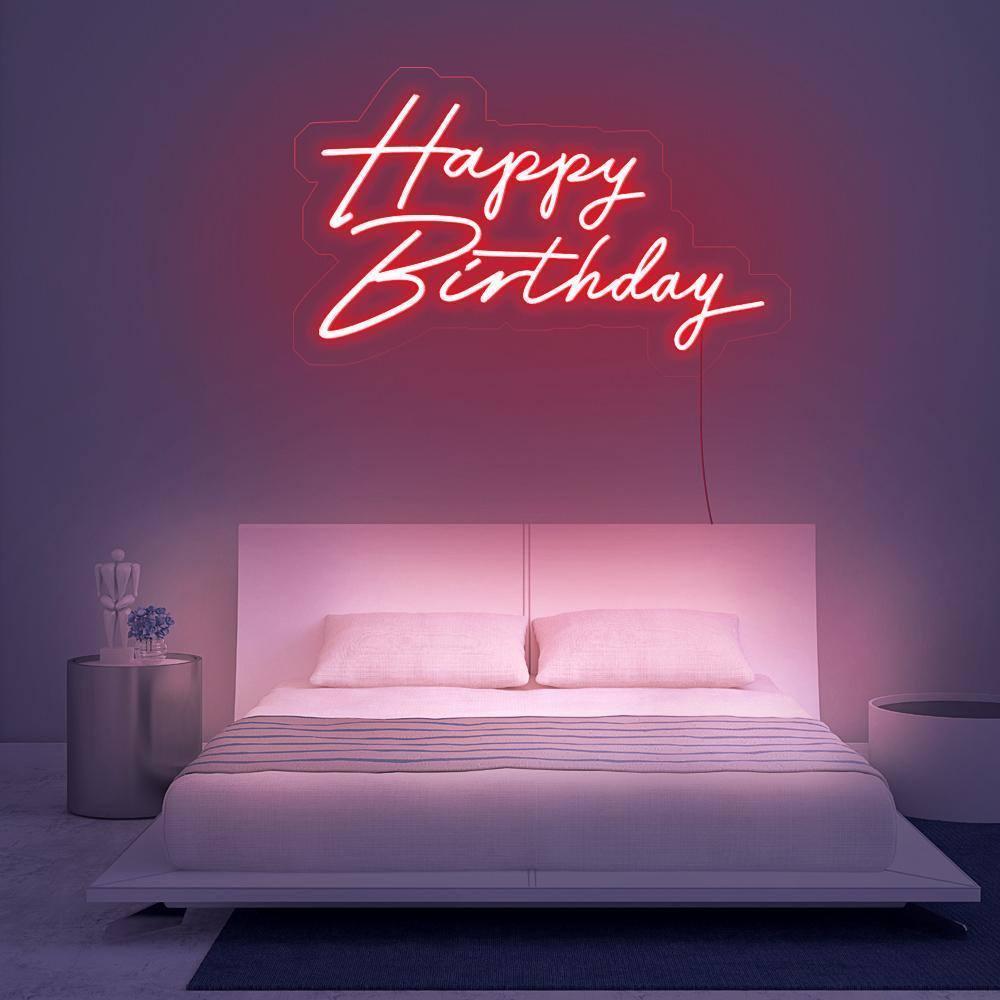
Because of the heat they emit, bugs are drawn to the lights. Insects tend to cluster close to lights, but the reason for this phenomenon is unclear. You can select the most appropriate illumination by knowing the colour of light bugs prefer. Is there a prefered colour temperature for the bulbs? Most streetlights use blue and white bulbs because mosquitoes are attracted to those colours.
Many of the insects will have died in the same area around the bulb, as evidenced by morning inspections. However, there is no "magic" range of light frequencies that can be used to scare insects away or kill them. Yellow is not a favourite colour of the insect kingdom. It's been hypothesised that certain lighting schemes are better than others at discouraging insects. Companies have developed light bulbs that emit light at a certain wavelength, with the hope that it will discourage pests like mosquitoes.
Indoor or outdoor, neon signs need regular maintenance to keep their lustre. Without regular maintenance, the bulb in a sign will gradually dim, flicker, and burn out. Strong light attracts insects, which can then discolour or otherwise alter the appearance of the light. Putting the neon sign in a well-ventilated area will help reduce the number of insects drawn to it. When neon signs are regularly serviced with cleaning, ventilation, and the right lighting, they can retain their lustre for much longer.
Repairs can be made to a neon sign if insects have invaded it. It's possible to either clean the exterior of the sign or replace the screens or mesh coverings. In the event of extensive damage, such as cracked or broken tubes, it may be necessary to replace the entire sign. If you're wondering whether or not the problem can be fixed, it's best to consult an expert.
Content Summary
- In order to understand why bugs are drawn to light sources, we must first decipher the science underlying it.
- Knowing which colour of light bugs are most drawn to will help you choose the best light for your needs.
- The results of the study indicated that Black (ultraviolet) light was more appealing to the insects.
- You can see for yourself that bugs prefer blue and white light, so that's what most street lights use.
- The blue end of the visible light spectrum appears to be particularly appealing to mosquitoes.
- The bugs and mosquitoes that gather around streetlights are a problem.
- There is no specific range of light wavelengths that can drive insects away or kill them.
- Yet, you may lessen the quantity of insects drawn to your outdoor or indoor locations by utilising a combination of yellow or orange LED lights, UV lamps, and other insect-repelling lighting.
- Insects and other pests may be drawn to the light given off by neon signs, although this is not always the case.
- Since insects aren't nearly as drawn to yellow and orange neon lights as they are to white and blue, these shades are a good choice for signs that need to attract the fewest possible insects.
- In addition, screens, mosquito repellent plants, and bug zappers can all be used to lessen the quantity of insects drawn to your neon sign.
- The sign's appearance can be preserved by dusting it on a regular basis.
- In order to clean the sign without damaging it, use a mild detergent and a soft cloth.
- Neon signs can be seriously damaged by insects.
- If the sign is indoors, extra measures should be taken to prevent insects from entering the building.
- The following are some suggestions for keeping insects away from neon signs:
- Make sure the neon sign has plenty of fresh air to breathe: Drippy, dark places are like magnets for insects and other pests.
- Putting the neon sign somewhere with plenty of airflow and sufficient ventilation can help cut down on the insects that are drawn to it.
- Reduce the quantity of bugs drawn to the neon sign by keeping the area surrounding it clean.
- Putting up screens or mesh covers over the neon sign can help keep insects and other pests away from the sign.
- To lessen the swarm of insects hovering above your neon sign, try setting up a bug trap, such as one with UV lights.
- Depending on the severity of the damage and the specifics of the neon sign's infestation, it may be possible to restore it after bug infestation.
- Note that if insects or other pests have made their way inside the neon sign, a complete cleaning may be required before any repairs can be made.
- Repairing or replacing the sign should be left to a professional electrician or neon sign repair specialist who has the training, experience, and equipment to do the job properly and safely.
- A neon sign that has been infested by insects may be repaired, but this will depend on the severity of the infestation and the specifics of how the sign was damaged.
FAQs About Neon Lights and Signs
While the average lifespan of a neon sign is eight to fifteen years, many of them last much longer than that. A sign's lifespan can be shortened by leaving it on for extended periods of time, and it also increases the risk of overheating and electrical surge damage
Neon signs, which were common from the 1920s to the 1960s and again in the 1980s, require them to create the bright, eye-catching displays of colour that are their hallmark.
The neon glass tubes in the metal conduits are linked together by high-voltage electrical wires. When temperatures get too high, the wires powering the sign can melt, rendering it useless in whole or in part.
Believe it or not, no electricity is required here, despite the fact that many people think they must plug it in. When excited by either electricity or ultraviolet light, gas molecules release electrons, causing the gas to glow.
Neon signs are stunning to behold, but they pose a danger if they aren't regularly serviced. Injury from shattered glass, electric shock, or a fire hazard are all examples of the dangers that could arise.

